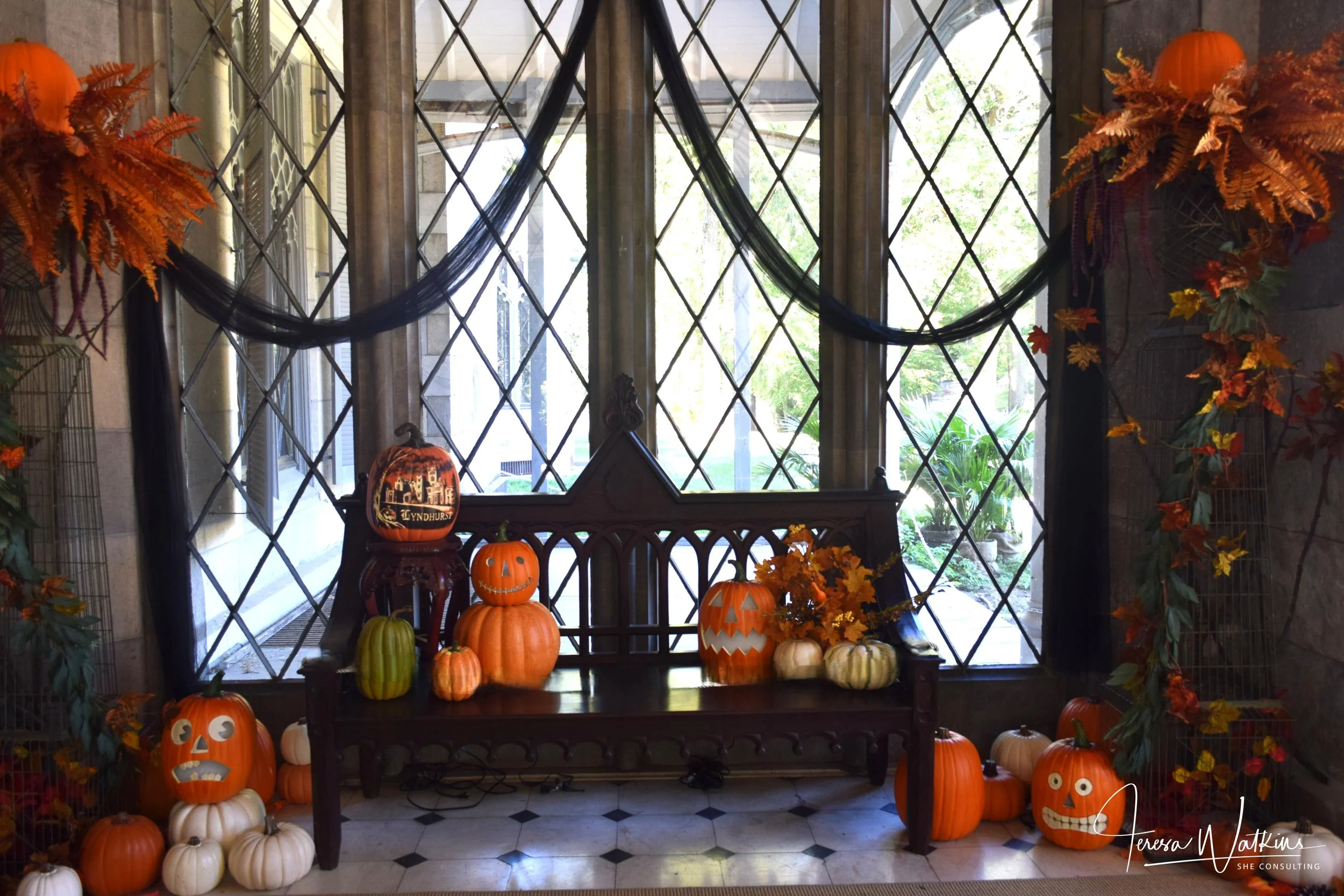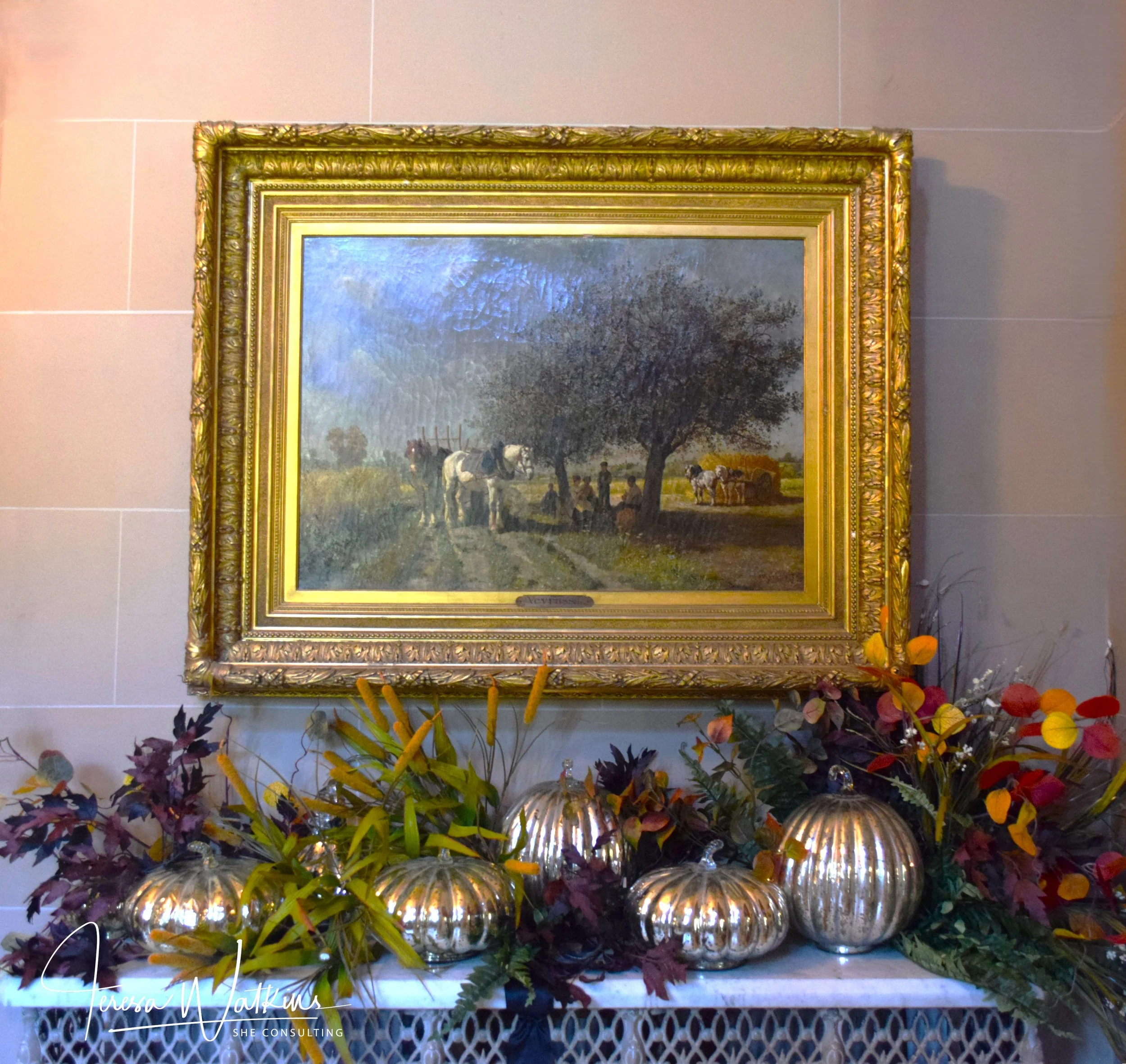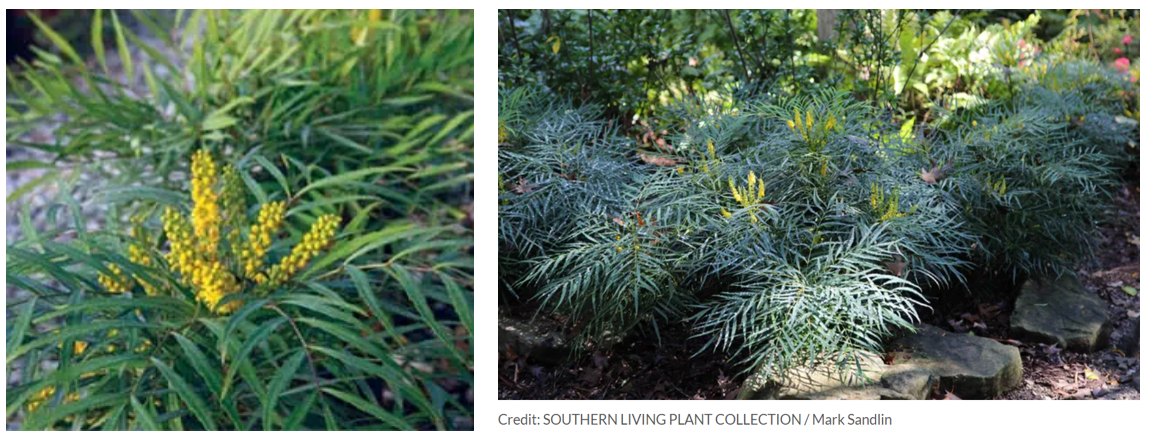Fall is truly my favorite time of year. Not only is it the season of my favorite holidays (and Tony’s and my birthdays) but the season brings an exquisite Autumn color palette featuring rich shades of burgundy, vibrant orange, earthy browns, and deep forest greens. As the days progress, the temperatures begin to cool, even if only by a few degrees, providing a refreshing change from the heat of summer. Additionally, the humidity gradually decreases, making time spent in the garden much more comfortable and enjoyable. I’m looking forward to the upcoming change of seasons and new year.
Recently, on Better Lawns and Gardens, I had the pleasure of speaking with Katie Dubow, President of the Garden Media Group. In September, the company marked an impressive milestone, celebrating 25 years of forecasting garden trends. Their ongoing research continues to shape the gardening world, and according to their latest findings, the prominent theme for 2026 will be “Lemonading.”
Lemonading, the ability to reframe problems with creativity into ideas and solutions. This new phrase provides opportunities for people to enjoy life and stylize it to their own personality and needs. How does Katie and the Garden Media Group Dream Team think lemonading will shape gardening in 2026? The company’s research shows that people will be:
Looking for joy, relaxation, seeing their efforts make a difference, not only in gardening but in their world.
More “kidulting” with new software, using games and technology from our youth (and adulthood) to relax but also to be a better gardener.
Setting yourself apart with collections, bento-style vignettes, especially rare and exotic plants, unusual pets, and re-shaping outdoor spaces.
2026’s Color of the Year: Faded Petal. A beautiful vintage soft pink color is muted by light ash. See their flower and shrub species recommendations you can add to your landscape to showcase this new color in the link below.
Katie and her all-female staff’s predictions make sense in today’s accelerating by-the-day-world. Each of the categories is explained in depth in the Annual Report. It’s a fun read and I will be very interested to see how much is spot on target for our future. We’ll see.
The Garden Media Group’s Annual Report can be downloaded free here.
During our final Art in Bloom Garden Tour of the year, in the New York’s Hudson River Valley, participants experienced wonderful weather and vibrant floral displays while visiting distinguished estates and notable botanical garden exhibitions. At the New York Botanical Gardens, attendees viewed The Van Gogh Flower Show, which featured an impressive selection of sunflowers, artistically arranged frames and easels with real floral compositions, as well as landscape beds designed to evoke Van Gogh’s iconic floral paintings. Additional gardens included Stonecrop Gardens, Kykuit at the Rockefeller estate, and the Gothic Revival Lyndhurst Mansion.
A serendipitous discovery at the Lyndhurst Mansion was that it was used as the exterior backdrop of the mansion for the 1960’s gothic “Dark Shadow” soap opera series. It was my favorite soap opera next to All My Children. The house’s interior was decorated for Halloween and so much fun to walk through. I appreciated that the home did allow for interior photographs.
Another of our garden tour stops, Wave Hill, a public garden that offers incredible views of the Hudson River and features a variety of themed gardens with creative beds, art work, and diverse plant combinations. The botanical garden includes numerous plant displays that are suitable for growing in Florida's climate. The Kate French Terrace garden beds showcase color schemes including jewel tones and soft grays, which are well suited for the fall season. I include my favorite in Teresa’s Landscape Design Tips. Does it work for you?
October marks the start of Fall gardening, so consider a soil test and fertilizing if it's been a while. Adjust soil amendments and pH as needed and consult planting guides for this month's What To Do In Your Landscape in October.
My Plant of the Month is a medium-sized shade shrub with evergreen leaves, fall and winter blooms, and no pest issues—an ideal choice for your garden.
In Lizzie’s Gardening Adventures, discover how her garden gives back and how she finally resolves turkey troubles. She rules her roost!
Horrific landscape malpractice has kept me awake for decades and is as scary today as ever. Just because “Halloween” season is approaching, doesn’t mean you have to create your own “Nightmare on Elm Street.” Learn how to properly prune your landscape.
Please comment below if you have any gardening questions or thoughts. I hope you enjoy the newsletter and are looking forward to the cooler temperatures and holiday season. I know I am.
















